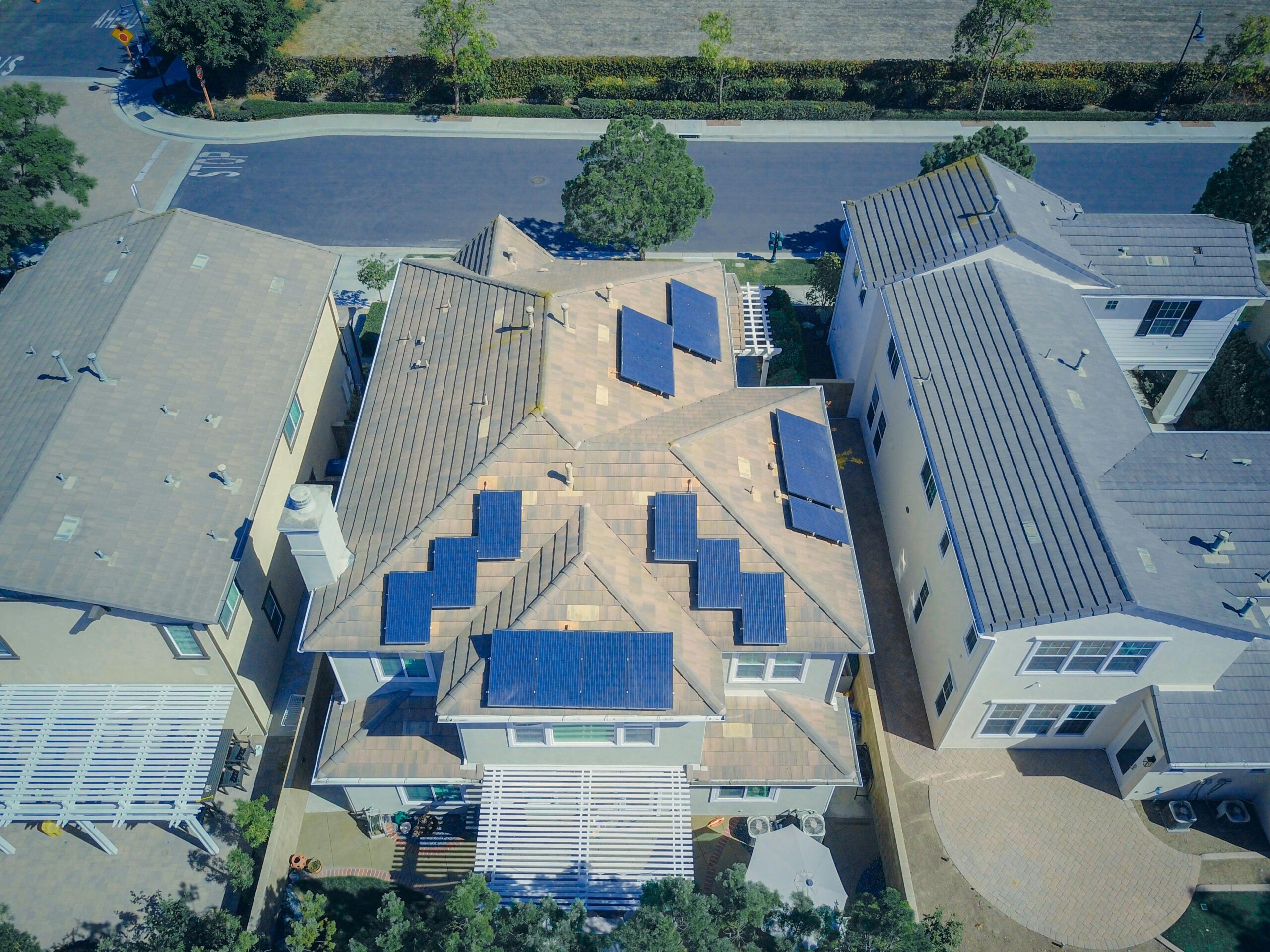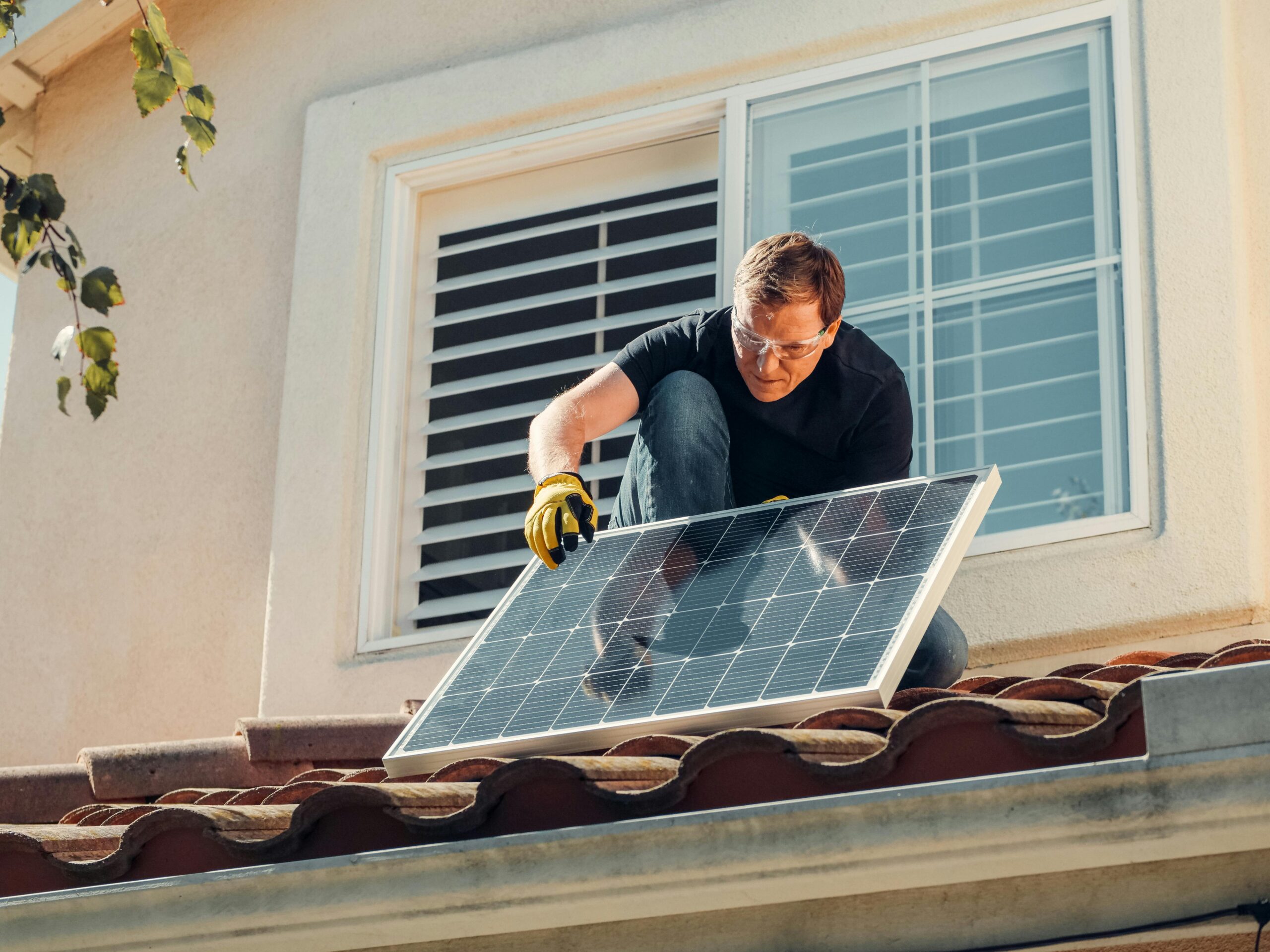
In 2025, sustainability is no longer a buzzword—it’s a bottom-line advantage. As homebuyers become more environmentally conscious and utility prices continue to rise, solar-powered homes are commanding a premium in markets across the country. From tech-forward cities to suburban neighborhoods, listings that include solar panels and renewable energy systems are selling faster—and for more money—than their traditional counterparts.
But what exactly is driving this shift in value? Let’s explore the key reasons why solar-powered homes are seeing higher sale prices and becoming a smarter long-term investment in today’s real estate landscape.
1. Rising Energy Costs Make Solar More Valuable
One of the biggest motivators for homebuyers in 2025 is energy cost savings. With electricity rates steadily climbing in many parts of the U.S., buyers are actively seeking ways to future-proof their utility bills. Solar-powered homes offer exactly that.
On average, a well-installed solar energy system can cut electric bills by 50% or more. In some states, homeowners are even seeing net-zero or negative bills—meaning they’re earning credits or income by selling unused electricity back to the grid. In a time when inflation is still impacting household budgets, buyers are willing to pay more upfront for a home that will save them thousands annually.
2. Eco-Conscious Buyers Want Sustainable Living
Today’s homebuyers—especially Millennials and Gen Z—aren’t just looking for square footage and stainless steel appliances. They’re prioritizing green features like energy efficiency, low-carbon footprints, and renewable power sources.
Solar energy is seen as a high-impact, tangible way to reduce a home’s environmental impact. In 2025, climate awareness is at an all-time high, and buyers want their purchase to reflect their values. A solar-powered home doesn’t just offer cost savings; it offers peace of mind and purpose.
Sellers who market their home’s eco-friendly features—including solar panels, battery storage, smart thermostats, and energy-efficient windows—are tapping into this demand and often receiving multiple offers at or above asking price.
3. Solar Incentives and Tax Credits Are Still Going Strong
Thanks to continued federal and state support for clean energy, there’s still plenty of financial motivation to invest in solar systems. The Federal Solar Investment Tax Credit (ITC) remains in place for 2025, offering up to 30% back on the cost of solar installation. Many local governments and utility providers also offer rebates, grants, or performance-based incentives.
When buyers purchase a home with solar panels already installed, they inherit these benefits without the headache of arranging installation themselves. In essence, a solar-powered home becomes a turnkey green investment, which raises its perceived—and appraised—value.
Some lenders even offer green mortgages or special financing for homes with solar energy systems, reducing the interest rate or increasing loan eligibility. These financial tools make it easier for buyers to stretch their budgets and justify paying more for a solar-equipped home.
4. Technological Advancements Have Improved Solar Efficiency
In 2025, solar technology has reached new heights in both efficiency and aesthetic appeal. Modern solar panels are smaller, sleeker, and more powerful than their predecessors. Integrated roofing options, such as Tesla Solar Roof tiles, blend seamlessly with traditional designs, eliminating the clunky look that once turned off buyers.
Additionally, many solar homes are now outfitted with home battery storage systems (like the Tesla Powerwall or LG RESU), allowing homeowners to store excess energy for use during outages or at night. This adds a layer of energy independence and security that’s particularly appealing in areas prone to power disruptions or natural disasters.
Buyers recognize that these tech enhancements not only reduce their bills—they increase the home’s resilience and add long-term value.
5. Higher Appraisals and Resale Value
Real estate professionals are catching up to the demand. Appraisers in 2025 are increasingly trained to factor solar installations into home valuations. According to a growing body of industry data, homes with solar systems consistently sell for 4% to 10% more than similar homes without.
That’s not just a nice bonus—it’s a significant return on investment. For a $500,000 home, that could mean $20,000 to $50,000 in additional resale value.
As solar adoption becomes more mainstream, it’s also becoming a default expectation in certain markets. In places like California, Arizona, and Colorado—where solar is widely adopted—homes without solar may even be seen as outdated or less competitive.
6. Smart Home Integration Is Driving Desirability
Today’s solar-powered homes don’t just stop at panels. They’re often part of a larger smart home ecosystem that includes:
-
Smart thermostats
-
Energy monitoring apps
-
Automated lighting
-
EV charging stations
-
AI-driven energy usage optimization
These systems appeal to tech-savvy buyers who value control, customization, and convenience. When a home allows you to monitor energy generation, consumption, and storage right from your smartphone, it becomes more than a place to live—it becomes an efficient, intelligent living space.
This level of innovation is especially attractive to younger buyers and remote workers who want their homes to work harder for them.
7. Long-Term Savings Outweigh Short-Term Costs
A common misconception about solar homes is that they’re more expensive to maintain. In reality, modern solar systems are low-maintenance and durable, with most panels covered under 20–25 year warranties. Maintenance typically involves little more than the occasional cleaning and inspection.
When buyers do the math, they realize that paying more for a solar-powered home upfront means paying less every month for the next two decades or more. It’s not just an eco-friendly decision—it’s a smart financial one.
In a time when buyers are being cautious with their spending, homes that come with predictable, lower long-term costs are more attractive than ever.

Final Thoughts: A Bright Future for Solar Homes
In 2025, the numbers speak for themselves: solar-powered homes are not only more sustainable—they’re more profitable. Whether you’re a seller looking to increase your home’s market value, a buyer trying to reduce future costs, or an investor looking for smart assets, solar is proving to be a winning strategy.
As awareness grows, energy policies evolve, and technology advances, we can expect this trend to continue. Solar energy is no longer a niche upgrade—it’s becoming a standard feature of future-ready homes.
If you’re in the market to buy or sell, keep an eye on the sun. Because in today’s real estate world, the homes with solar panels aren’t just saving energy—they’re commanding more attention, more offers, and more value.





